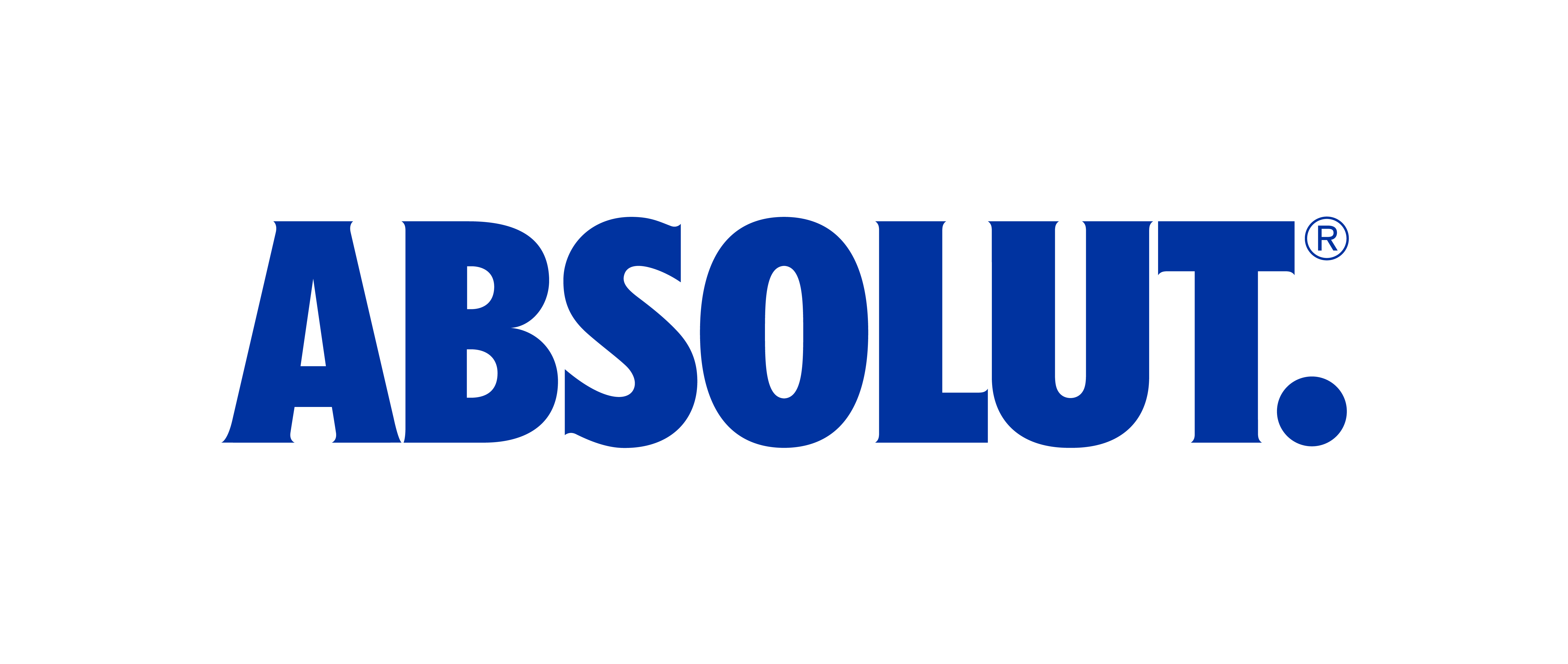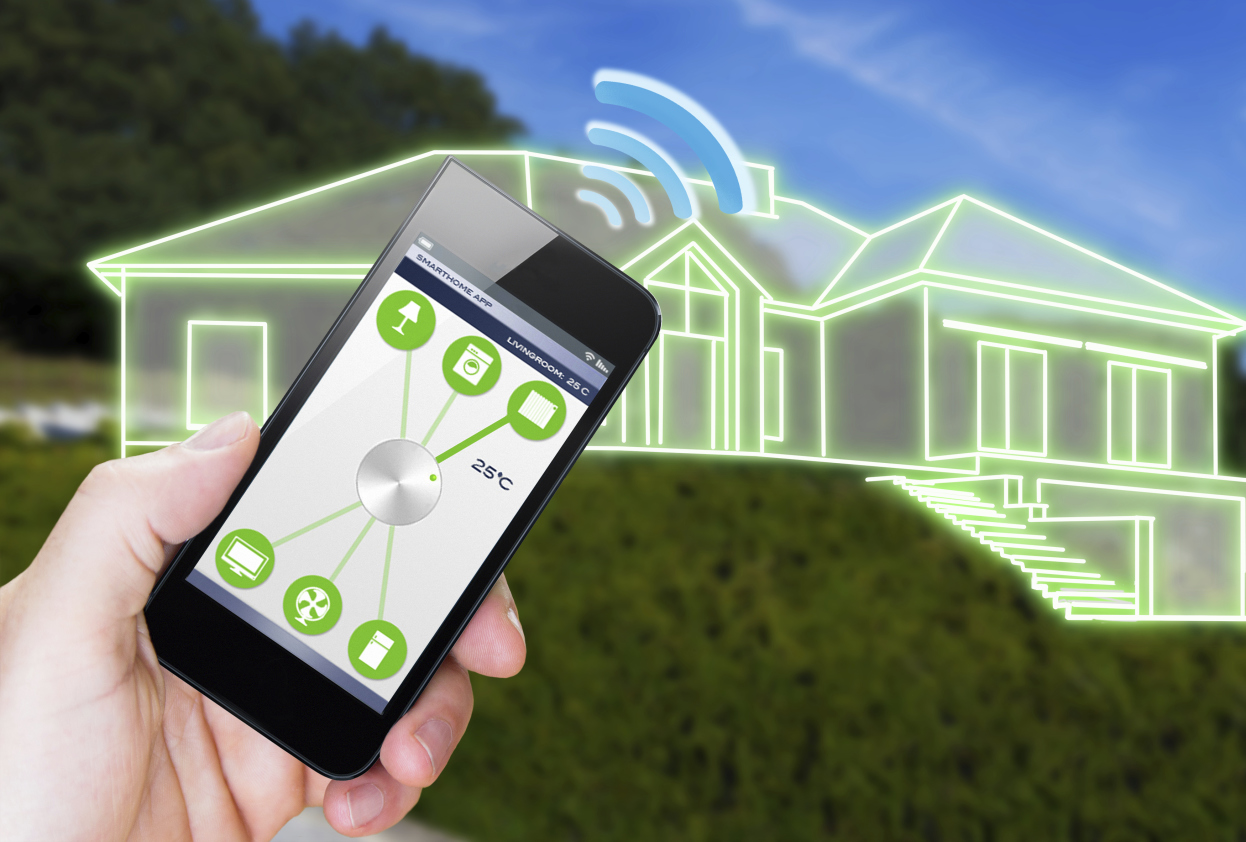What Happened
Absolut has opened an R&D lab in Stockholm to develop connected devices and packaging for the popular vodka brand, tapping into the ongoing trend of “Internet of Things.” For example, Absolut is reportedly looking to develop some connected bottles that can either automatically order a new bottle once it is finished, or be linked to other connected devices to control the lights and stereos in the room.
What Brands Need To Do
Absolut’s decision to build an innovation hub dedicated to connected devices signals the alcohol brand’s determination in leveraging IoT tech to engage with consumers in innovative ways. For brands looking to tap into IoT trend, now is the time to think about how your product can become connected, which may help transform physical products into digital touch points that inspire brand loyalty, while also providing valuable data to learn more about your customers.
Source: Digiday



